The most crucial outcome to date of Russia's import substitution campaign is that it has insulated Russia against the effects of any further sanctions. Except for a few sectors, like agriculture, food processing and the automotive industry, the volume growth brought by import substitution is still modest. More importantly, Russia has been able to cut its imports and launch a nascent and increasingly burgeoning domestic production of virtually everything that is produced in the world, quickly churning out technologies where it was most vulnerable, like arctic drilling technologies, engines for new ships for the navy, and medicine. Therefore, Russia has been surprisingly successful in cutting the dependency on Western imports and by extension its need to appease the West. Import substitution has thus been a major factor in strengthening Russia's national security and sovereignty.
The findings are laid out in a new study by the Moscow based Awara Accounting exploring the results of Russia's import substitution campaign.
Russia now an agricultural superpower
The one sector where the Russian success is unanimously acclaimed - albeit begrudgingly by Russia's "Western partners" - is agriculture. Russia, which was in the beginning of 1990s receiving humanitarian food aid from the West (albeit mostly in form of propaganda stints) has now become a major food exporter and the biggest wheat exporter. It's not only a question of Russia's traditional exports of grain and vegetable oil exports, but it also will enter global markets with new products such as pork, poultry, potatoes, sugar. In 2Q, 2017 agricultural exports look to overtake imports, making Russia a net exporter for the first time. Now the plow's before the sword as the agriculture has overtaken arms as Russia's second largest exports.
At the same time Russia has become self-sufficient in food with increased domestic production and a sharp decline in imports. A major economic feat but also crucial for its national security.
79% of all cars sold produced domestically in Russia
The most tangible results have been achieved in agriculture and food processing, automotive, the chemical industry, pharmaceutical and the automotive industry, whereas very encouraging developments have taken place in aviation and shipbuilding.
Russia's automotive industry has made a dramatic turnaround with 79% of all cars sold in Russia now produced domestically, 22% (of the total) being Russian brands and 57% foreign brands produced in Russia. Contrary to the received wisdom, a major share of the auto components is also produced in Russia, at a level of 65-70%. On the back of these developments, Russia now spends only $6 billion on imported cars, whereas the import value was as high as $20 billion in 2007.
A new pharmaceutical industry out of nowhere
Russia has practically kick started a whole new pharmaceutical industry during the last ten years. The country's medicine industry was negligible even in the Soviet period as the other Eastern bloc countries had been assigned to stand for the medical industry, and naturally not much developed during the years of neoliberal anarchy in the 1990s. But now, Russia has a $5 billion pharmaceutical industry which will likely double within the next 5 years and reach a level of domestic production of 50% of the total market. Especially, Russia has set a target to produce domestically 90% of the medicine that have been deemed as 'vital and essential.' The dependency on these vital medicines had been identified as a grave threat to the national security, as the relevant Russian authorities had already back in 2011 understood that Russia could be targeted for sanctions and deprived these kinds of medicines. The list of such medicines contains 646 items and by 2016 77% of them had been cleared and readied for production, At the same time Russia has also started anew the industry of producing medical equipment's, with as promising prospects.
The aviation industry rising like a phoenix
The aviation industry is also undergoing a total renewal with Russia having developed or being in a process of developing an impressive range of new aircraft.
Key product developments of the recent years have been: the Sukhoi Superjet, the twin-engine regional passenger jet with a capacity of up to 108 seats; the Irkut MC-21, twin-engine short- to mid-range jet airliner with a capacity of 150-230 passengers; the PD-14 next generation turbofan engine, developed primarily for the Irkut MC-21, but forming part of a greater family of engine concepts for various uses; the helicopters MI-38 and Ka-62; the modification and upgrading of the four-engine Ilyushin Il-76, under the name Il-76MD-90A, a dual use military airlifter and civilian cargo plane; complete modernization of the Ilyushin Il-114 twin-engine turboprop airline designed for local routes; complete modernization of the Ilyushin Il-96 four-engined long-haul wide-body airliner with a capacity of 250 to 312 passengers.
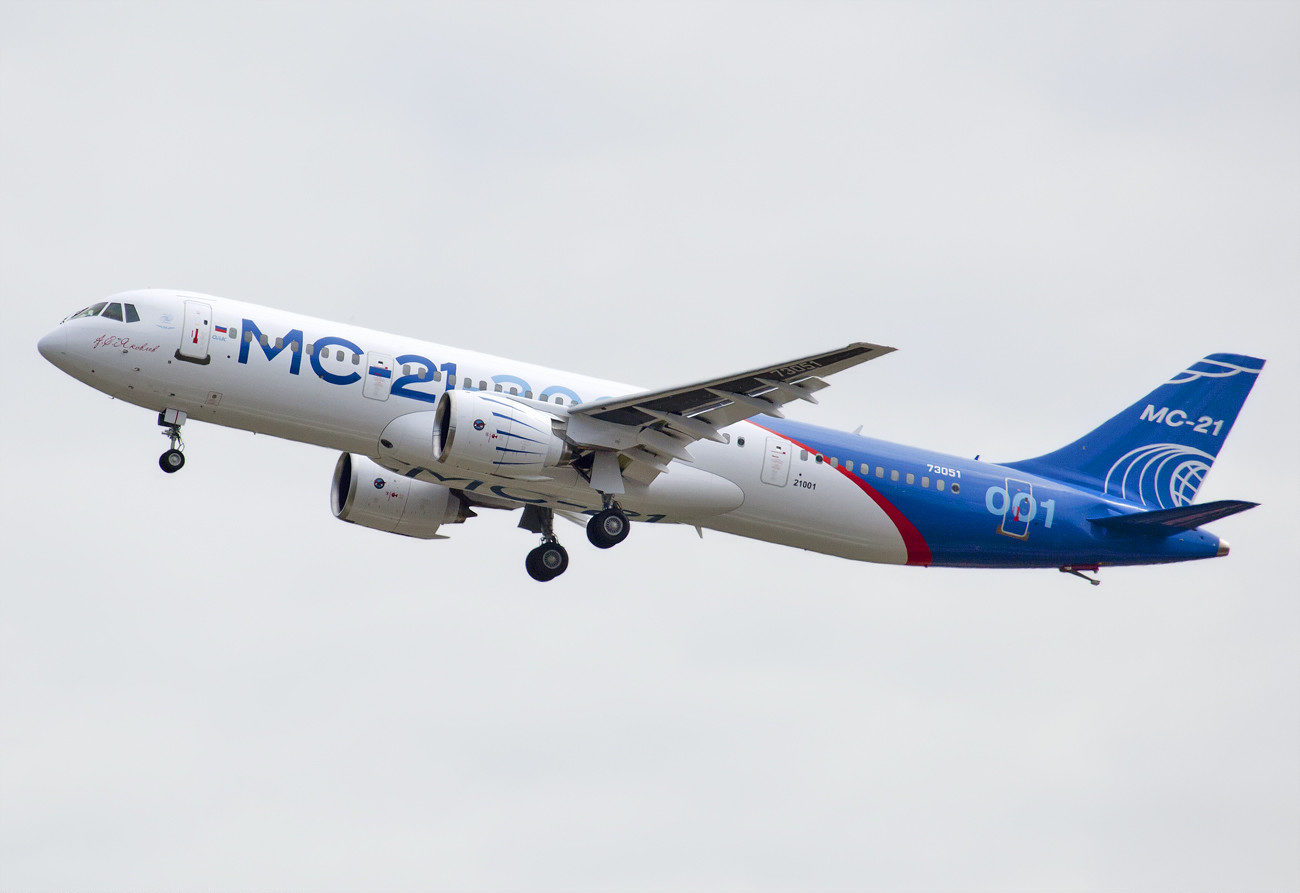
The aviation industry is expected to reach by 2025 an annual turnover of $50 billion of which half could be derived from exports.
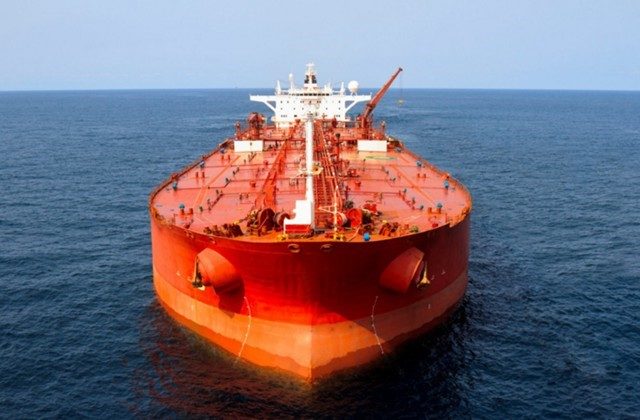
In addition to the sectoral analyses, the study has identified a range of individual cases of import substitution success, which demonstrate Russian ingenuity and industrial prowess.
Russia proved (as we predicted) very apt at domestic substitution of the technologies that fell under the sanctions regime. The prime example here is of course its weapons industry, which has been able to continue its impressive developments (not at least as showcased in the defense of Syria) without interruptions even though the Western sanctions were designed to bring it to a standstill. A telling case in this connection is how the Russian engineers were able to develop and launch production of marine gas turbines needed for new ships being built for the Russian navy. The Ukrainian plant Zorya-Mashpoekt had supplied that class of engines for the Soviet and Russian fleets since the 1950, but following the coup, the new masters order it to stop all further supplies of the engines to Russia. In a coordinated move the EU also banned that kind of technology. But already in April 2017, a victorious Putin could visit the NPO Saturn company and officially launch its production of the substituting and improved marine gas turbines.
More in general, it can be concluded that the Russian defense industry has successfully completed its separation from the Ukraine not being anymore dependent of any of the spoiler country's supplies.
After sanctions, Russia developed its own arctic drilling technology
The US and EU sanctions specifically targeted Russia's oil and gas industries by aiming to deprive them of capital and technology. The Western powers thought they would cripple Russia's energy sector by especially banning the transfer of technologies for artic offshore drilling and shale projects to Russian energy companies, Gazprom, Lukoil, Surgutneftgas, Rosneft and others.
But how did it go? Another Western failure. Russia's energy sector has actually been thriving ever since. And what's worse for Russia's "Western partners," Russia managed to develop its own technology for the arctic environment. Gazprom went on with new domestic state-of-the-art technology to develop the Yamala Peninsula arctic oil drilling and gas production center. And then Russia's state-owned Rosneft in a moment of triumph commenced upon televised orders of President Putin drilling at the Tsentralno - Olginskaya-1, Russia's northernmost oil well on the edge of a peninsula so deep in the Arctic Circle that the equipment had to be shipped 3,600km through icy waters navigable only for two months of the year.
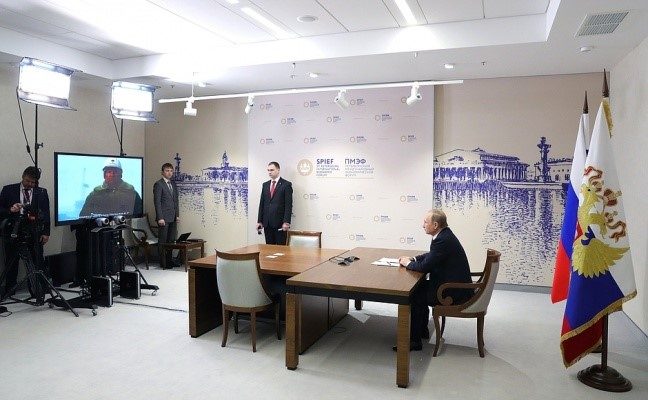
All in all, the behavior of the Western powers - and their Ukrainian puppet regime - reminds us of some cartoon villains that are desperately trying to harm the main hero in the story with all means possible, but to no avail. We can imagine that by now deep inside the anti-Russian containment laboratory, the CIA and NATO planners have resorted to sticking pins into Putin and Mother Russia voodoo dolls as a last resort.
Great results with a little money
It is striking that impressive results have come without any kind of significant levels of financing. This is partially explained by the tremendous difference in purchasing power in Russia's favor compared with the West. Because of less waste and corruption, a dollar in Russian state procurement just buys so much more than in the West. Additionally, Putin's administration has been very resourceful in enticing and coaxing foreign investors to set up production in Russia in the vital sectors of the economy.
What is remarkable is that the most impressive results have been achieved by state-owned corporations. At the same time, the liberals in the government keep complaining about the supposed "oversized state sector." The truth is that in today's world, dominated by Western multinationals and in the rigged Western dominated global financial system, it is only through massive investment in the state-owned corporations that Russia can become a global industrial leader and conquer world export markets. The most important message of the study is therefore that Russia should do much more to set up state-owned national champions in all the crucial sectors of industry, and significantly increase financing at globally competitive terms for the reindustrialization programs, both for state-owned and private companies.
Read full study here.
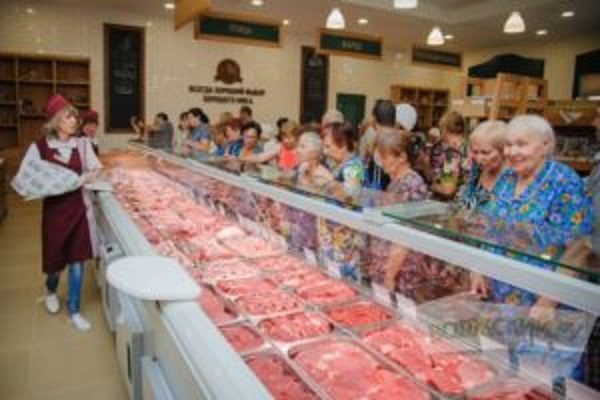
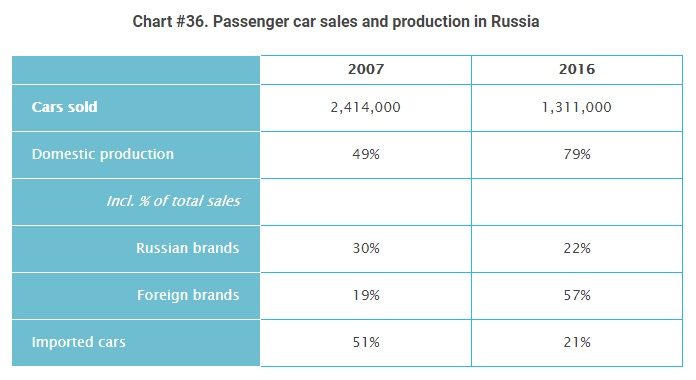



Reader Comments
to our Newsletter